For the past few weeks the news seems to be awash with images of natural catastrophes from around the world: cyclones, tornadoes, earthquakes, volcanic eruptions, floods, fires, and the list goes on. And the photojournalistic record is extensive with pictures of rubble and debris, usually shot from above, as if viewing the event from a safe distance; rescue operations; dead bodies (at least outside of the U.S. and other so called “first world” nations); forlorn and wretched family members dramatically mourning their losses; lines of refugees seeking food, water, and medical attention; and, of course, children, often tattered and worn, the almost universal sign of innocence and victimage—if not humanitarian identification. The sheer quantity of photographs at the internet sites of major news outlets is truly impressive. And yet, after only a short while it is difficult to tell one disaster apart from another as the images become virtually interchangeable with one another. Susan Moeller calls this “compassion fatigue,” a state of utter habituation to the conventions for representing disasters that “militates both against caring and action” and animate political passivity and quiescence.
Those who subscribe to this theory tend to overstate the case, seeing it always and everywhere, but there are surely times when compassion fatigue is activated and this may well be one of those times. There is a different point to be made, however, which has less to do with the “fact” of compassion fatigue per se and more with the ways in which the visual conventions which enable it can be deployed to animate a range of social and political effectivities (identifications, memories, etc.) that alter how we see the world and ourselves in it. As a case in point, consider the NYT slide show of “Pictures of the Day” for May 13th.”
Slide shows are a common feature at major internet news sites; sometimes they supplement specific news stories as illustrations and sometimes they substitute for the stories themselves as standalone visual narratives. “Pictures of the Day” is a slide show genre that purports to represent the “best” images of the day. The parade of images in these “best of” slide shows often range from the serious to the mundane, and from the poignant to the frivolous; indeed, nothing necessarily connects the images to one another in anything like a logical or storied fashion. But of course viewers are habituated to interpreting the sequence of images in a slide show as a montage driven by a narrative logic—whether a clear and obvious storyline is present or not—an impulse that can be encouraged by the regularized, formal conventions of representation that anticipate and meet with the audience’s expectations. And, of course, sometimes this can produce the oddest of results.
“Pictures of the Day for May 13th” begins with the photograph below of the earthquake in the Dujiangyan in the Sichuan Province of China and is followed by three additional photographs, all recognizable by their conventional representations of the disaster and the attending relief efforts.
The third picture, a tight close up of an injured survivor from Chengdu, moves almost seamlessly to the fifth picture, now suddenly in Myanmar, where the people of Dedya await food and supplies in the rain. If you do not read the captions you would be hard pressed to know that we have shifted either the locale or the nature of the particular disasters being reported as even the weather seems to be the same (as marked by umbrellas in each photograph).
Three more conventional pictures of the disaster in Myanmar end with a photograph of a child holding out his hands and asking for food:
The next picture once again shifts the locale, this time to the streets of Lebanon:
This photograph is shot through a window and captures the reflection of a Druze women watching a passing funeral procession from within a Mosque. The segue here is subtle as both the spectral image and the movement of the mourners soften (without entirely eliminating) the visual connection with the earlier images from Myanmar, but notice the line of sight for both the child and the woman, which are in almost perfect synchrony and thus invite a sense of visual communion as together they seem to issue a unified emotional demand upon the viewer. Of course, the bigger point to make is that the sequence of images has now shifted the narrative register from natural disasters to political, man-made tragedies.
The next two pictures move us to Baghdad’s Sadr City. In the first we encounter a battle scene that would appear to be the narrative antecedent to the funeral in Lebanon, but for the fact of physical distance; of course, the physical location in the image from Baghdad bears enough resemblance to the scene form Lebanon that one could easily be forgiven the mistaken assumption that they are in close physical proximity to one another. The second photograph, below, shows us a woman in mourning who could easily be mistaken for the ghost-like visage of the woman in Lebanon above.
And from this scene we move back to the sphere of Chinese influence in Katmandu, where, it appears, political problems have replaced all concerns for earthquakes and other natural disasters.
The story does not end here, however, as two final images create a rather abrupt shift to another kind of politics in a very different part of the world:
Alas, what we have here is the equivalent of the Hollywood ending: What begins in tragedy ends in farce as we move seamlessly (once again) from conventional representations of a world out of control to the implication that such problems can be solved by the U.S. presidential election.
Compassion fatigue, it would seem, is the least of our problems.
Photo Credits: David Gray/Reuters; Getty Images; Bela Szandelszky/AP; Moises Saman/NYT; Narendra Shrestha/European Pressphoto Agency; Doug Mills/NYT. On “compassion fatigue,” see Susan D. Moeller, Compassion Fatigue: How the Media Sell Disease, Famine, War and Death (New York: Routledge, 1999).
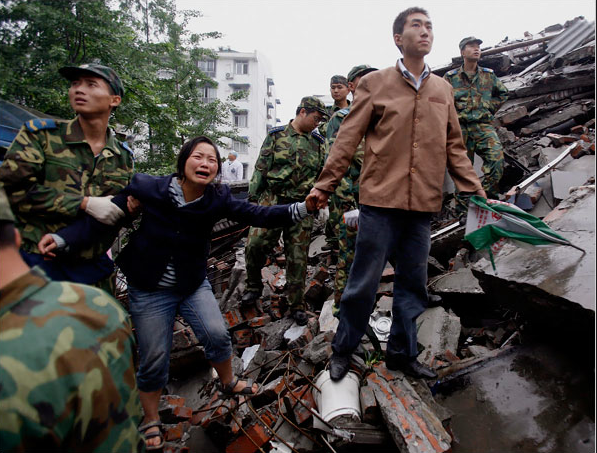
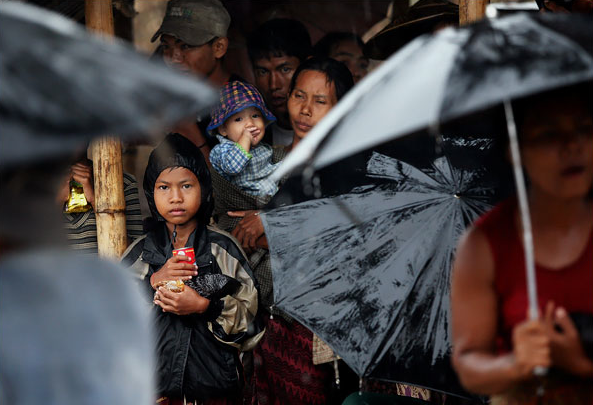
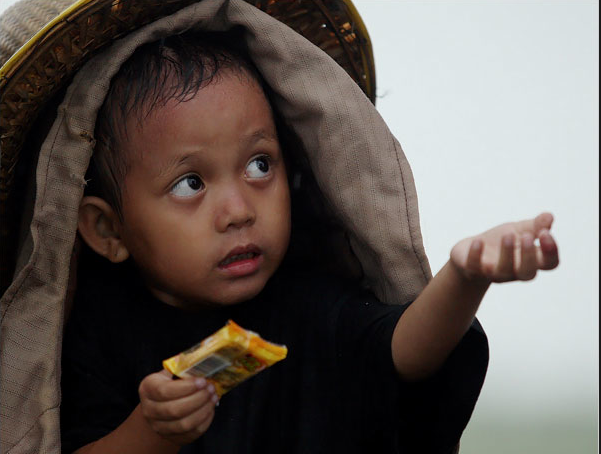
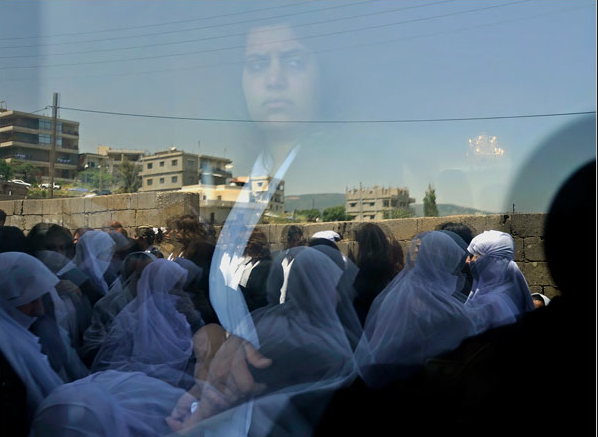
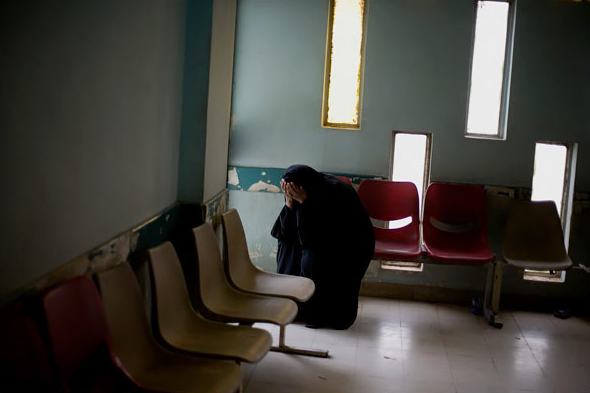
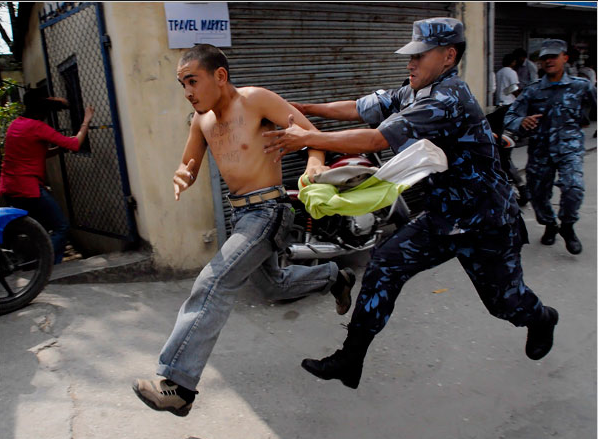


[…] resources to respond to crisis situations with some dispatch. We have seen it before (here and here). And whatever we might find objectionable in China’s commitment to human rights—and there is […]